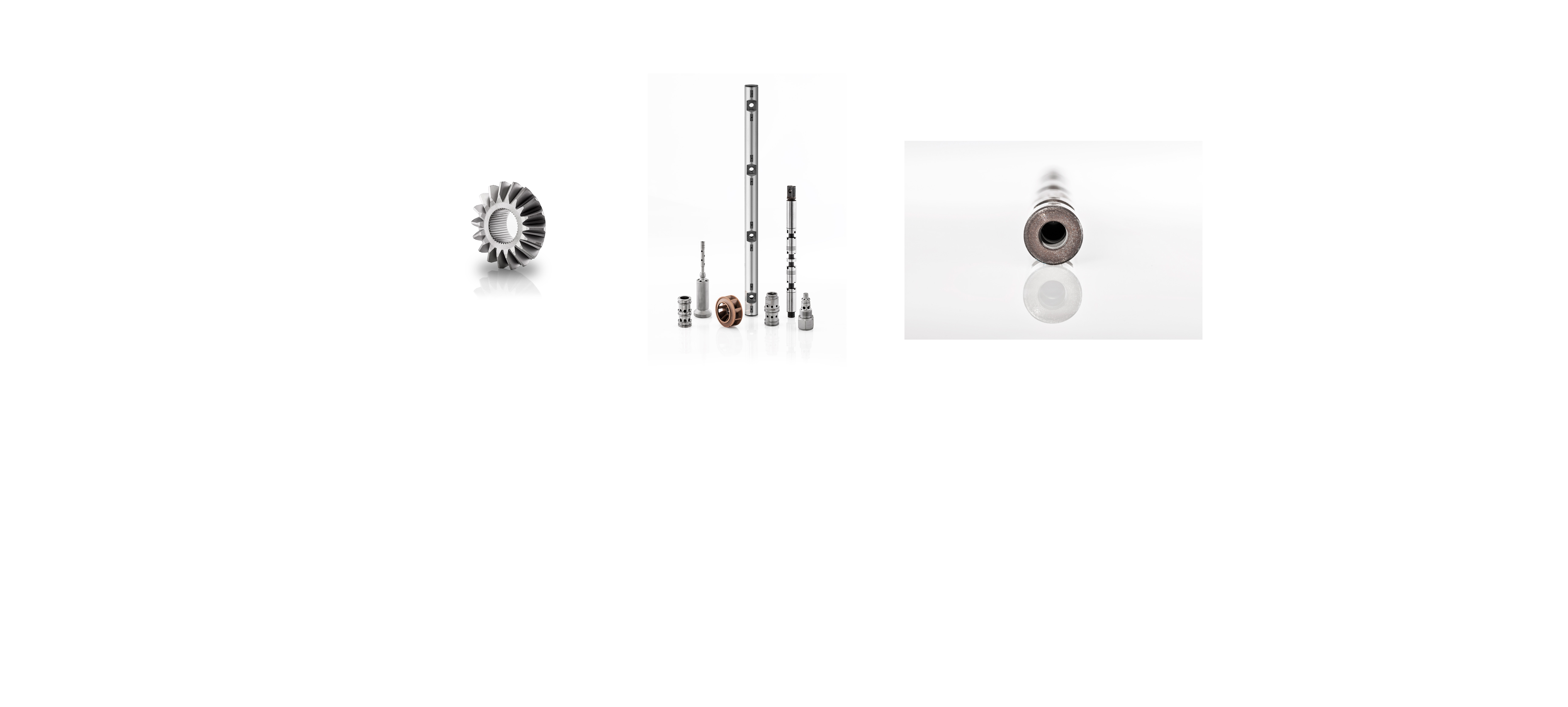ELIMINATING RESIDUES OUR SOLUTION Object Perform automatic deburring of the holes on the axles. Criticalities and customer requests The need to operate automatically with an interlocking system presented the following problems to be addressed. The plant therefore had to be able to: Intervention methodology Norblast LAB, referring to the customer’s process specifications, has carried out various deburring tests to identify the right process parameters (pressure, flow rate and grain size). Subsequently, it identified the satellite solution for the construction of the plant suitable for meeting the required productivity. The use of a double-chamber engine has made it possible to optimize the management of charging times.. A specially designed reading system allows the plant to interpret the characteristics of the loaded shaft and automatically adjust the process parameters according to the particular loaded, making the plant extremely flexible to production variability. Conclusions The use of Compressed air technology, has allowed the Customer to use a completely automated system capable of adequately removing all the burrs present and eliminating any residues from previous processes.
Deburring has always been one of the main problems of turneries. Even modern technology, despite advancements in machines and cutting tools, has still failed to completely resolve this annoying problem.
Deburring means eliminating shavings on components processed with machine tools, as well as burrs from stamping metal and/or plastics, although in this latter case their formation is due to leakage of material from poorly sealed areas or gas leaks.
In short, the task is to remove unwanted material that is still attached to the machined part.
Burr removal is generally a rather labor-intensive and complex task.
With conventional technologies the presence of threading, small holes, non-standard joints, grooves that are difficult to access or particularly complex shapes requires the expert touch of one or more operators with very long processing times.
Another currently widespread issue makes the situation even more challenging. Medium-large companies are increasingly focused on product differentiation and just-in-time supply systems requiring a series of small lots in a short time, and of course at low prices.
A lengthy process that requires significant manual labor cannot meet these demands.
Compressed-air sandblasting becomes an irreplaceable solution for deburring.
Manual and automatic/flexible systems (depending on the productivity required) can continuously and very rapidly remove unwanted material.
Special applications make it possible for our systems to perform compressed air deburring in areas, channels and joints that are not accessible with conventional systems.CASE STUDY
Crankshaft deburring







